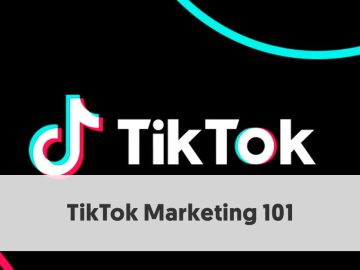While we may not be saying “happy holidays!” just yet, now is the time for e-commerce marketers to turn their attention to one of the most important shopping seasons of the year: Black Friday and Cyber Monday (BFCM). The key to success is making data-driven decisions with a goal of driving profitability. Below are six tactics to help e-commerce brands plan for a successful season:
1. Focus on margins, not just sales.
When preparing promotions for the holiday season, marketers tend to look at their highest volume products instead of their highest value products. While topline sales are great, profitable growth is even better. Marketers should be spending the time now to understand which products attract the highest value customers, which products have the highest margins (thus giving them more discount flexibility) and, most importantly, who the personas are who will look for these types of products. If marketers can answer those questions and build campaigns around them, they’re significantly more likely to have a successful holiday season.
2. Understand the free shipping equation.
While we all know that free shipping can entice shoppers to fill their carts and ultimately purchase, understanding the right price point threshold is key to maximizing holiday margins. Don’t offer free shipping with a $50 minimum basket size if you can maintain the same consumer purchase behaviors with a $100 minimum. Maximize your marketing levers with data-driven decisions.
3. Stop the use of sitewide promotions.
This is where personalized marketing can make the difference between a profitable store and one that just offers discounts indiscriminately. Understanding who your most valuable customers are and what they look for in terms of discounts, promotions, grouped products, etc., is the KEY to driving profitability through the holiday season. Save the hearty discounts for your discount-sensitive shoppers and target them via advertising. Keep your evergreen customers buying full price on site.
4. Don’t over push.
While intimate channels (such as SMS) continue to be extremely effective tools for reaching and remarketing to customers, these channels need to be treated with the sensitivity of an ongoing relationship. You wouldn’t “love bomb” a new love interest, so why bombard a high-value customer with nontailored messages? Using analytics to understand WHEN your customer may look to repurchase and communicating with them at that moment with a highly personalized offer shows thoughtfulness and builds trust in the channel.
5. Get your timing right.
Last year’s data is the key to understanding how to plan for a successful holiday season this year. Marketers should reference historical data and purchasing patterns for their brand to determine when their customers begin to shop for the holidays and target them shortly before with personalized deals and products. Sophisticated marketers take it one step further by segmenting their customers to identify high-value customers and leverage lifecycle reporting to understand the purchase cadence and sequential purchase patterns of those customers.
6. Plan for after the holiday rush.
While acquiring a ton of new customers during BFCM is great, brands need to be prepared to retain those customers once the holiday rush is over. The best way to do this is to understand who those customers are, which products they prefer, and what may bring them back to repurchase. Using tools such as predictive analytics, marketers can plan retention strategies around a customer’s potential future purchase journey and ensure that the business is growing profitably with high-value customers.
By utilizing your own first-party data (paired with some advanced analytics), brands can prioritize profitable growth that’s centered around providing a personalized experience for the customer — both now and after the holiday rush has ended.
Cary Lawrence is the CEO of Decile, an all-in-one customer data and analytics platform.





